🎬 Viddy Well 001: Was Stanley Kubrick a Master of GTD®?
Reflections on Stanley Kubrick and Me: Thirty Years at His Side
r/stanleykubrick
Lens master and auteur Stanley Kubrick may have laid the groundwork for Getting Things Done® with his meticulous research, delegation, and steadfast work ethic.
His physical inbox was a bit spread out, but his methods of working and cataloging could teach the modern knowledge worker a thing or two.
Stanley Kubrick is my favorite director. The fact that I have not seen all of his films is a surprise, but this always leaves me something to look forward to watching. The latest new-to-me Kubrick was 1957’s Paths of Glory, watched for the recently shuttered Friendly Fire “war movie podcast”. I have yet to see Lolita, Spartacus, and a few earlier projects but this is the first installment of Viddy Well, so stay tuned.
I bring to you my fresh thoughts on Stanley Kubrick and Me: Thirty Years at His Side Audible Audiobook – Unabridged by his driver Emilio D'Alessandro and Kubrick scholar Filippo Ulivieri. Besides the countless hours spent with YouTube explainers, this book is the first academic journey I have taken with the director.
Emilio was Stanley’s driver, or we might call him a ‘runner’ here in my live concert lingo. He was not simply a chauffeur for Stanley. He ran errands, ran guns (long guns for the tricorner hat scenes in Barry Lyndon), fed his cats, fixed the fleet of 30 MPVs purchased for film production, borrowed books for research from the London Library, and whatever else you could think of.
In between airport and hotel runs for the likes of Shelley Duvall, Jack Nicholson, R. Lee Ermey, Ryan O’Neal, and countless stars he did everything for Stanley. Emilio came to Stanley as a former racecar and minicab driver, only interested in seeing his films after the two had ended a working relationship but before rekindling that relationship and giving up his Italian farm to return to help on Eyes Wide Shut, Kubrick’s last film.
Mercedez-Benz
Kubrick sometimes worked 18 hour days on his last feature, based on Arthur Schnitzler's 1926 Freudian novella Traumnovelle (Dream Story in English). The two men shared a bond, and since Emilio was more concerned with real work and “Getting Things Done”, this working man’s perspective kept Kubrick free to float above the rest of us with his genius and obsessions. I am coming away from this book with a real sense of personality balance here, and something that Emilio misses in his friend and former employer.
There is so much to say about this book, about Kubrick and my thoughts on his films, but am are here today to talk about how Stanley Kubrick got things done and how one can learn some key lessons from his work.
Here are the first-principles of GTD®. Not familiar? That’s OK. Is your inbox out of control? I can probably help you with that, but follow these guidelines and you can help yourself.
Capture
Clarify
Organize
Review
Engage
Dangerous Minds / Pinlord
1. CAPTURE
Stanley captured his ideas with sticky notes and small notebooks that he kept in a surplus army coat from Full Metal Jacket. Olive green is a smart look and hasn’t *yet* been co-opted by any fascist groups, so I wear my Quadrophenia-style jacket year-round. There were so many jackets left over from the production, Stanley kept a dozen or so and insisted Emilio take a couple as well. The anecdote in the book about the jackets is worth the read.
2. CLARIFY
If there is a correct answer, why have any doubt about it? If you are unsure what your boss or even your employee is asking you, why not dig deeper? From complex shot design to the specific lamp fixtures and light bulbs used in the appropriately named Stanley Hotel on which The Outlook hotel in The Shining was based, it appears that Kubrick’s method of operation was to be accurate and clear. Notes from Stanley to Emilio might have multiple steps described, even in regards to the grocery list. Stanley certainly wanted his favorite butter from the shop that gave him the best price, but if he had an issue with that shopkeeper, Emilio was told the alternate store to buy from and why!
SlashFilm
3. ORGANIZE
Organization, in the GTD® sense of the word, is a specific set of actions to deal with your “Inbox”. I have modified GTD® to work for me.
Inbox in this system is not your Gmail, but it could be.
Inbox is not a box on your desk labeled “In”, though it very well could be.
I have various inbox-es in my life. Quickie tasks become email inbox items or OmniFocus tasks. When I am sorting the mail, like Emilio in this book, my desk is my inbox.
Not all mail or packages may fit on the desk, so if 50 packages arrive, the WFH Kitchen Office is my inbox. Inbox is a way of life really. At the end of this mail/package sorting task I am left with sorted mail where it needs to go and to whom, these packages are unboxed or sorted and piled for me or my partner, and then it all moves from there. The idea is that if you have 60 pieces of letters, 50 packages, and expect an unknown quantity the next day, you have a system in place for dealing with all of it, rather than throwing up your hands and saying “This is all just too much, I give up!”
When you think about it, what does a film director/producer/writer do most of the time? Organize.
historypracticum.umwblogs.org
4. REVIEW
The review is the stage where you decide what actions to take, what actions need to be immediately taken, what can be delegated, what are the short-term goals and the long-term goals. This book illustrates just how much research and time went into each of Kubrick’s films.
Let’s look at the legendary Carl Zeiss Planar 50mm f/0.7 lens used by NASA to film the dark side of the Moon, and also Barry Lyndon. The first order is that Kubrick had to know that such a fast lens existed. Later, he had it modified for his own purposes. From his own photographic knowledge to camera magazines, NASA press releases, and countless other sources, he hungered for knowledge.
This means his library was a mess (this mess doesn’t sit great with those with a GTD® fetish) but likely made sense to him. Books were used as bookmarks for other books, notes were taken, and in the end, the lens was made for Kubrick to shoot Barry Lyndon by actual candlelight.
In the review stage in the modern sense of the word, you have taken all of your google searches, (late) library books, film camera manuals and placed them for lens and camera day. One isn’t doing anything but review now. If NASA is asking you to also get fitted for an EVA suit for a commercial they are shooting next month, that has nothing to do with the lens but is still an item to review and take action on, which brings us to…
5. ENGAGE - “ACTION”!
Quiet on the set! You’ve got your lens parts sorted, now what do you do? It’s time to take action! Sometimes taking action means taking a nap, reading lens manual #138, gaff taping your iPhone to a tripod, or it could mean taking the self-care action of “Go for a walk after dinner”.
Engagement means the doing of the doing. What it does not mean is running around without a plan, exhausting yourself, huffing and puffing about being overwhelmed, nor does it mean letting the world pile up around you.
Stanley had Emilio to help him engage and take action and, though he had other drivers, had trusted Emilio and no one else to have the keys to his private offices and his most intimate affairs. This was of course before email was so popular and not just a novelty (Stanley Kubrick died in 1999), so Emilio was stationed frequently in Kubrick’s private office, taking notes and calls from Stanley or others while production was happening on set.
Emilio was taking action all of the time for Stanley. And, though exhausting and most days he was forced well into overtime, Emilio took this all in stride, even after he had suffered a great personal tragedy. His son John was struck by a car while waiting for the bus and survived, but had to give up the dream of following in the elder D'Alessandro’s footsteps to be a racecar driver from this serious injury.
Modern knowledge workers can be overwhelmed, even in quarantine, from the expectations that lay before them from other people. It’s OK. You can relax. Once you learn the Two-Minute Rule, your emails and tasks will magically disappear.
I hope this works as a primer to Stanley Kubrick and also to the (modified) GTD® system (don’t you dare “@ me”) and a strong recommendation for film fans to read Stanley Kubrick and Me: Thirty Years at His Side about the special friendship between Emilio and Stanley.
There certainly is a lot I have left out, and at times I was projecting negative emotions toward the director on Emilio’s behalf because it appeared that work/life balance was difficult, if non-existent, for the D'Alessandro family. What shines through brightly are feelings of warmth and genuine love that these gentlemen had for each other.
Hearing anecdotes toward the end of the book about Stanley meeting Emilio’s granddaughter and all of the generosity the Kubricks extended to the D'Alessandro family is touching.
Though demanding, Kubrick seemed a nice guy that loved cats, people, long phone calls with other directors and tossing paper airplane notes to his right-hand man out of his office window just so that Emilio would not have to climb the stairs.




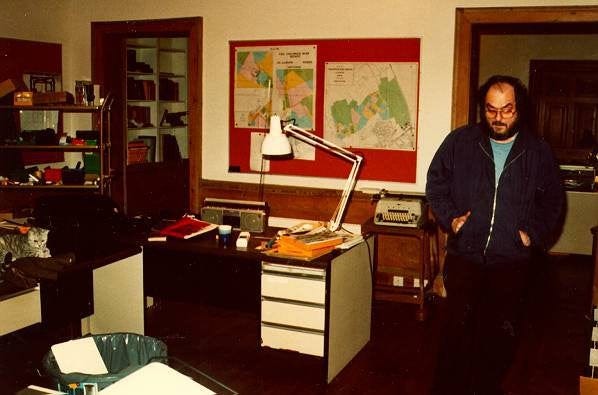
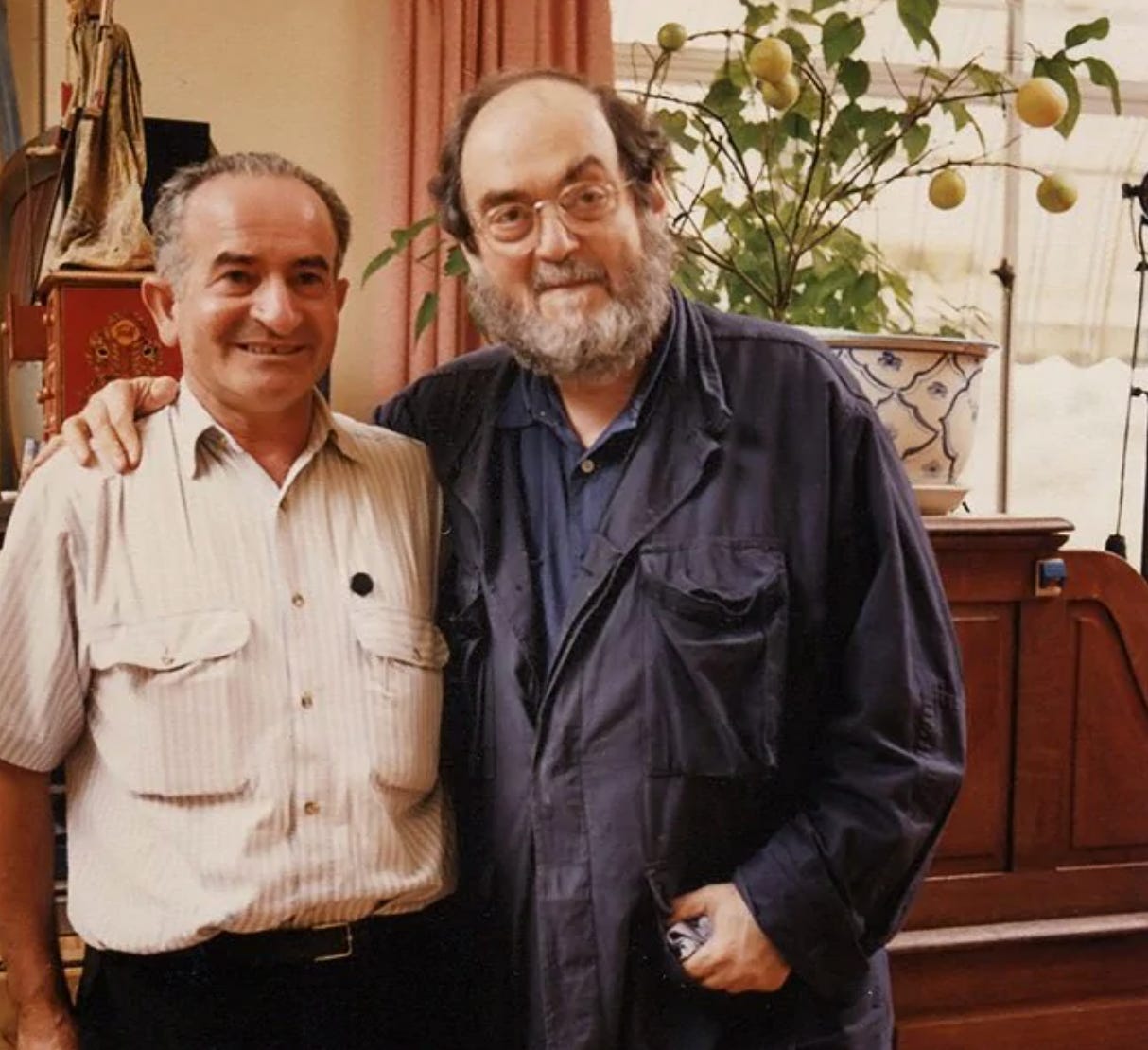
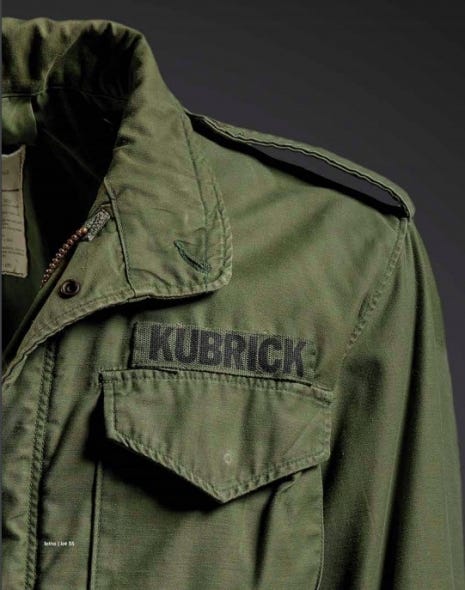



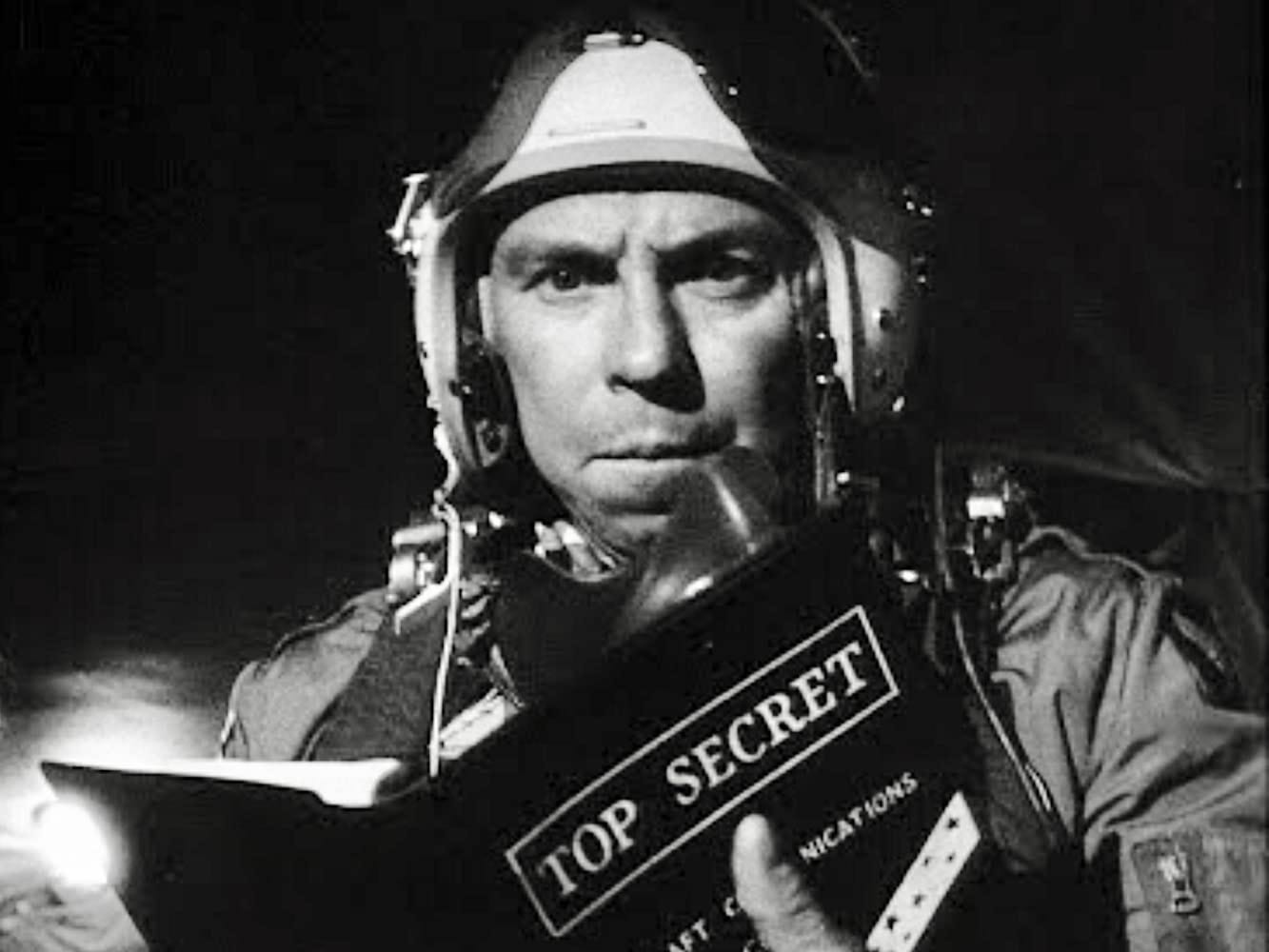
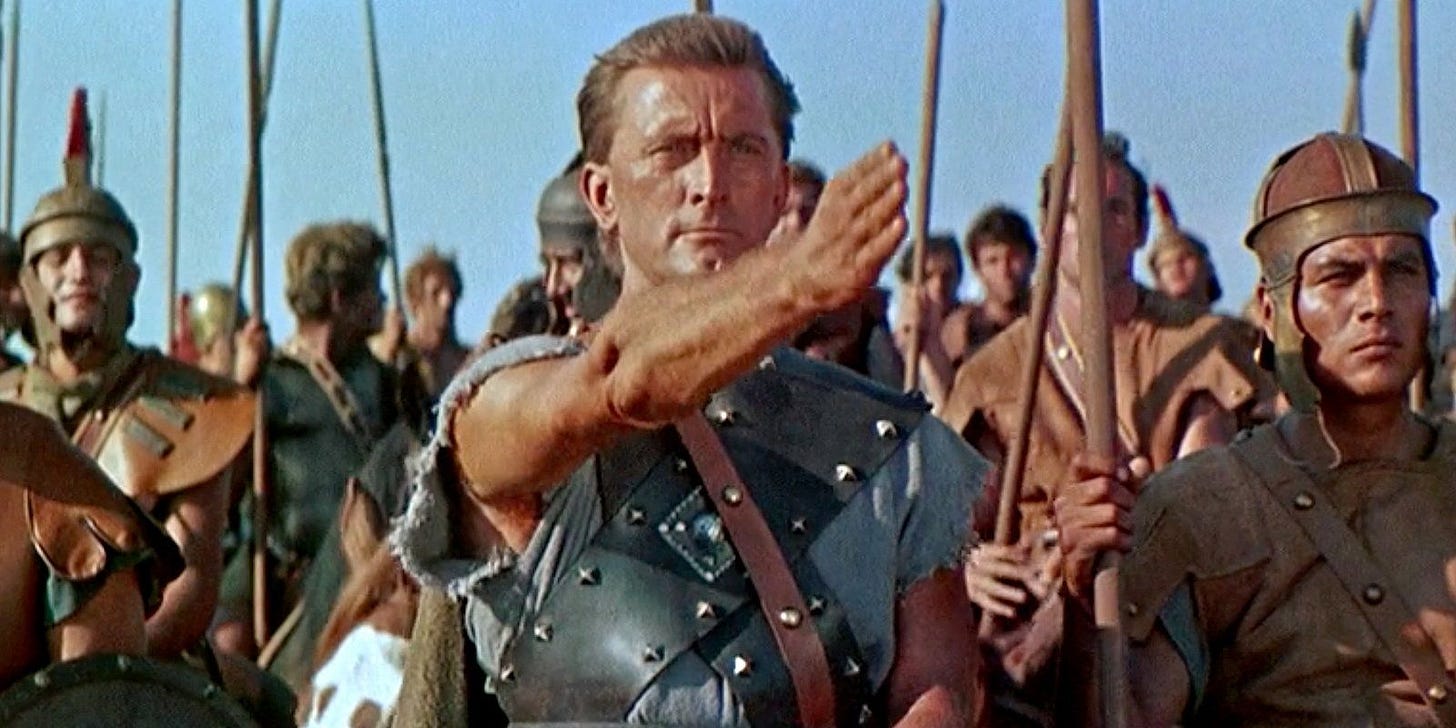
Definitely will give that a read (or a listen!) Thanks to you! Great post!